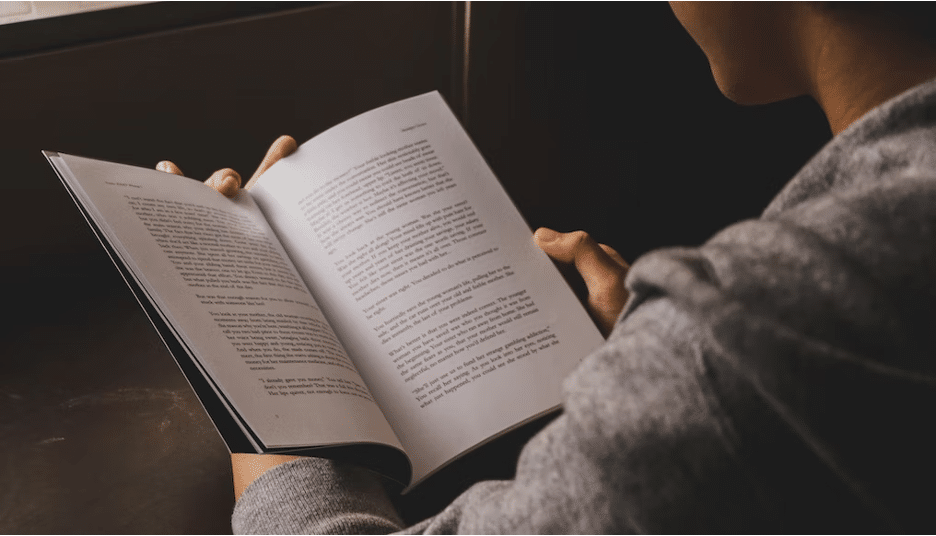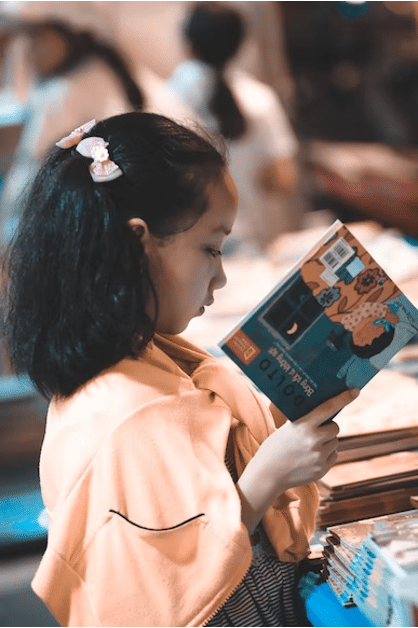Phonemic Awareness Lessons for Kindergarten
At Reading Teacher, phonemic awareness is the foundation of long-term reading success. This fundamental skill takes time to develop -- but by starting as early as kindergarten, young readers can get a headstart on their ability to hear, recognize, and play with the individual sounds (phonemes) in spoken words.
Whether you’re a parent or educator, it’s helpful -- and, at times, essential -- to have a healthy backlog of phonemic awareness lessons for kindergarten students. Phonemic awareness is the backbone of confident reading; and in the long run, both you and your student will be grateful for the early start.
Read on for a brief review of phonemic awareness -- because who doesn’t need a refresher? -- followed by four fun and effective phonemic awareness activities for kindergartners.
What is Phonemic Awareness?
When readers unlock the magic of hearing, recognizing, and manipulating the sound units in words, they’re using phonemic awareness.
While there are only 26 letters in the English alphabet, there are 44 phonemes. You can attribute this phenomenon to the power of sound manipulation. Because we can blend certain letters together, such as /sh/ or /ch/, our alphabet allows for unique mixes of sound.
To practice their manipulation skills -- and, in turn, develop their phonemic awareness -- students will also practice segmenting words into phonemes, removing one sound to make a new word, or substituting one sound for another: for example, changing the /g/ in “goat” with /c/ to make “coat.”
Best Phonemic Awareness Lessons for Kindergarten
In kindergarten, many students are eager to tap into the magic of reading. But before they can do this, they have plenty of skills to develop!
Fortunately, these phonemic awareness lessons make it easier for kindergartners to blossom into proficient first-grade decoders -- and, eventually, lifelong readers.
1. Silly Songs
Phonemic awareness is all about sounds -- so to appease their listening ears, get silly with singing. For an easy tune, try “If You’re Happy and You Know It, Clap Your Hands”: you can replace the main chorus with “If you think you know this word, shout it out!”
After singing the verse, shout out the sounds (phenomes) of a simple, 3-letter word. For example, you could say F-A-R, and kindergartners shout back “far.” Teachers who use this activity recommend preparing words beforehand: this lesson can get loud, but it’s also fun and interactive.
2. Sound Swaps
This lesson is all about manipulating phonemes. You can use a whiteboard, cards, or another visual cue to present a word. Ask students to read the word, then challenge them to swap a sound in the word with a new one. For example, students can make the following swaps:
- Bat to Cat
- Dog to Log
- Sand to Send
Notice that the sound “swaps” can occur in the beginning, middle, or end of a word, depending on the student’s skill level. To cement the meaning of each word, you can invite students to draw a simple picture of the word’s definition, before and after the swap.
3. Nonsense Words
What’s the purpose of reading nonsense? When students are just beginning to develop their phonemic awareness, there’s actually a purpose to reading nonsense words, which are simply parts of whole words that, on their own, have no meaning.
For example, “rep” and “lat” aren’t actual words -- but “reptile” and “later” definitely are! When students read nonsense words, they’re also learning syllables, which are essential for reading fluency. Nonsense words also give adults a sense of whether a student knows how to decode 3-sound phonemes.
Regardless of their current decoding skills, nonsense words help students build confidence with silly, sometimes funny word-bites before facing the real words in their favorite stories.
4. Rhyme Time
We love rhyme time: it’s an accessible and engaging lesson that can be incorporated into classroom lessons or while driving to soccer practice. Simply present a word to the student -- for example, dog -- and invite them to list as many rhyme pairs as possible (log, fog, cog, bog, etc.).
For an extra challenge, adults can add a timer or present the word in “20-Questions” style. For example: “I’m thinking of an animal that rhymes with ‘sat.’ What is it?” The answer is “cat”, but it might take the student a few guesses to get there!
What’s the best part about this activity, and most phonemic awareness activities? There’s no pen or paper involved! It’s all about sound, careful listening, and a willingness to get silly while learning alongside your students.
Take-Away:
- Phonemic awareness is the ability to hear, recognize, and manipulate the individual sound units (phonemes) in words. Alongside phonological awareness, it’s an essential foundation for reading success.
- Phonemic awareness lessons for kindergarten are all about sounds, active listening, and lots of fun! Some of our teacher-tested favorites include:
- Practicing phonemes with silly songs
- Swapping out sounds to make new words
- Reading nonsense words
- Turning any time into “rhyme time”!
Start Teaching Reading for Free Now!
Access Level 1’s four interactive stories and the accompanying supplemental resources to teach elementary students how to read. No credit card is needed. Join the 42,635 teachers and students using our reading program.























